Hakama for an Unforgettable Graduation
In Japan, where the hakama has deep cultural roots, it is not uncommon for graduates to opt for this traditional attire during commencement ceremonies.
The graceful folds of the hakama evoke a sense of reverence and elegance, making it a popular choice among those seeking to add a touch of heritage to their graduation ensemble.
However, the significance of wearing a hakama extends beyond its aesthetic appeal.
Stay tuned to discover the hidden meanings behind this iconic garment and why it holds a special place in the hearts of those embarking on a new chapter in their lives.
Key Points
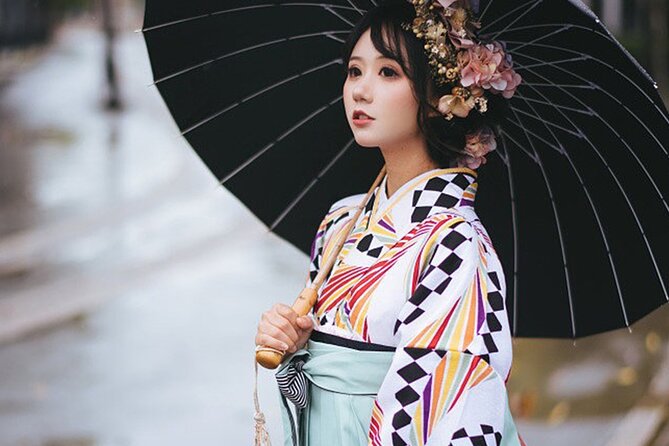
- Symbol of tradition and formality
- Choose based on occasion and style
- Pair with elegant accessories
- Maintain for long-lasting elegance
The Tradition of Hakama
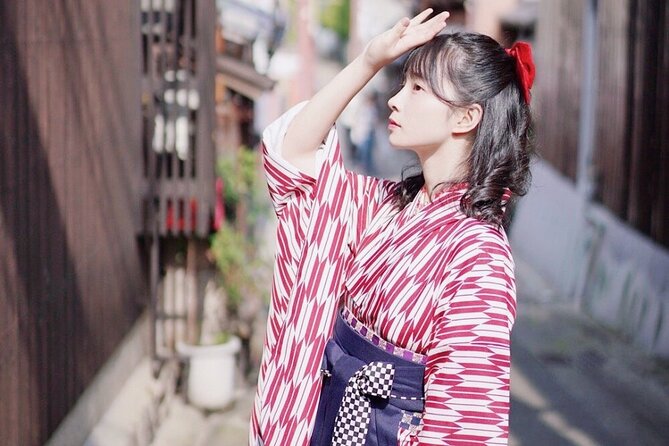
The tradition of wearing hakama, a traditional Japanese garment, holds a significant cultural and historical importance in various ceremonies and events. Hakama has a rich history dating back to the Heian period (794-1185) when they were worn as everyday clothing by the nobility and samurai class. Originally designed for horseback riding, hakama evolved over time to become a symbol of status and formality.
These wide-legged trousers are typically made from high-quality materials such as silk, cotton, or polyester, reflecting the wearer’s social standing and the occasion. The intricate pleats and folds of the hakama not only add elegance but also carry symbolic meanings, making them a vital component of traditional attire for ceremonies like graduations and martial arts demonstrations.
Choosing the Right Hakama
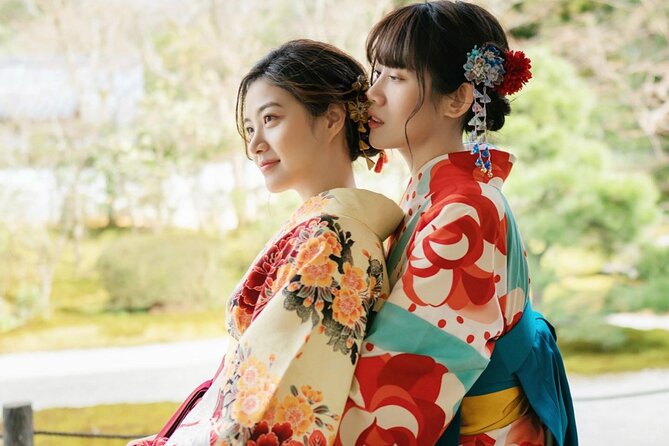
When selecting the perfect hakama, consider the significance of color and fabric to complement the occasion and reflect your personal style.
Hakama material options typically include cotton, polyester, and wool blends, each offering different levels of comfort and formality. Cotton hakama are breathable and suitable for warmer weather, while polyester blends are often more wrinkle-resistant. Wool blends are luxurious and provide warmth, ideal for cooler climates.
When choosing the right size, refer to a hakama sizing guide to ensure a proper fit that allows for comfortable movement and a polished appearance.
Ways to Style Hakama
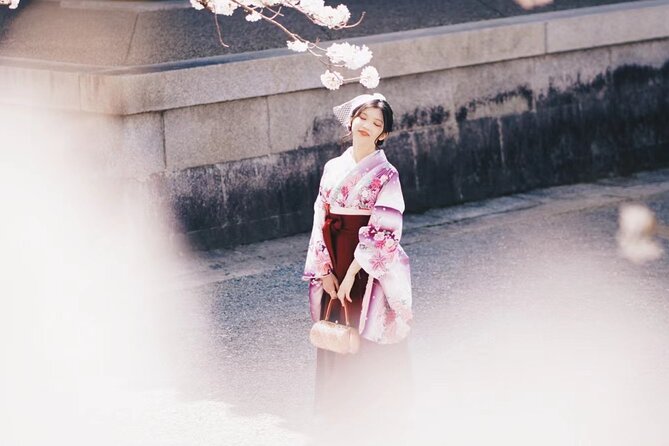
To exude elegance and tradition, consider various ways to style your hakama for a distinguished look at your graduation ceremony. When styling your hakama, keep in mind these fashion trends and styling tips:
-
Layering: Pair your hakama with a fitted blouse or a sleek blazer to add a modern touch to this traditional garment.
-
Obi Belt: Experiment with different obi belt styles, such as a decorative knot or a colorful sash, to accentuate your waist and add a pop of color to your outfit.
-
Footwear: Choose appropriate footwear like geta sandals or elegant heels to complement your hakama ensemble and complete your polished graduation look.
Hakama Accessories Guide
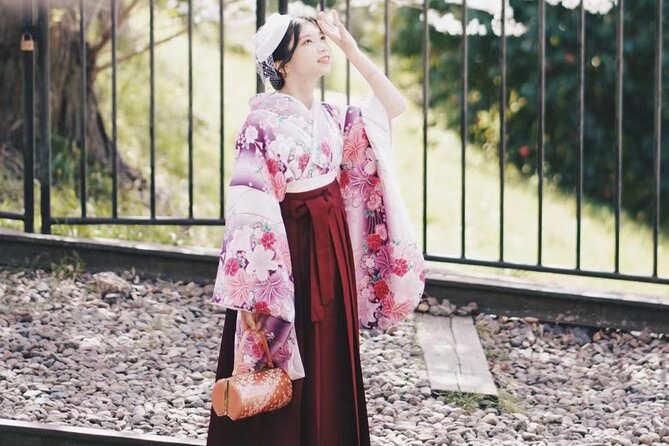
Exploring the world of Hakama accessories opens a realm of cultural expression and style enhancements for your graduation ensemble. When selecting a Hakama belt, consider opting for a contrasting color to add a pop of visual interest to your outfit. The belt not only serves as a functional element to keep the Hakama in place but also adds a touch of individuality to your look.
Plus, paying attention to the Hakama fabric is crucial. Fabrics like wool or silk can elevate the overall elegance of the outfit, while cotton provides a more casual feel. By carefully choosing your accessories such as the belt and fabric, you can personalize your Hakama ensemble to reflect your unique style and celebrate this momentous occasion in a culturally rich manner.
Hakama Care Tips
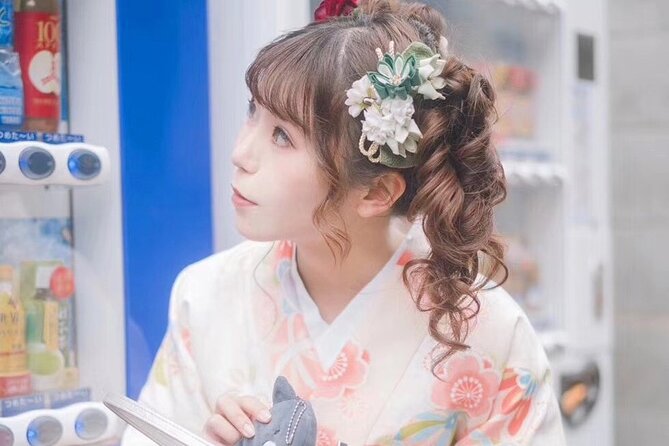
Caring for your Hakama involves delicate practices that preserve its quality and cultural significance. To ensure your Hakama stays in top condition, consider the following tips:
-
Fabric maintenance: Regularly check for any signs of wear or tear on the fabric. Follow the care instructions carefully to maintain its quality over time.
-
Folding techniques: When not in use, fold your Hakama neatly to prevent wrinkles and creases. Proper folding techniques will help preserve its shape and appearance.
-
Stain removal and storage tips: Act quickly to remove any stains using gentle methods to avoid damaging the fabric. Store your Hakama in a cool, dry place away from direct sunlight to prevent discoloration and maintain its vibrant colors for longer.
Graduation Ceremony in Hakama
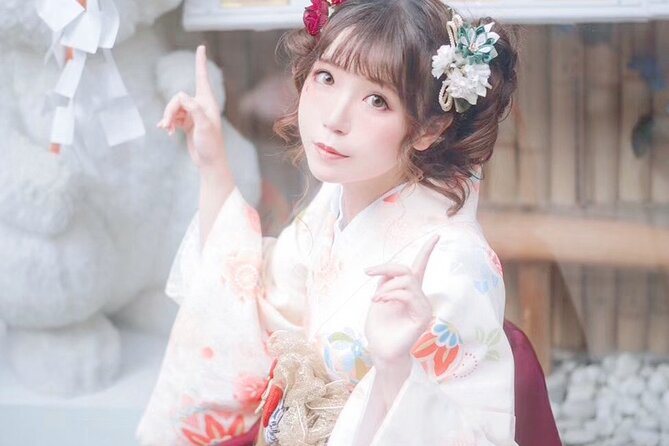
The Hakama lends an air of tradition and elegance to the memorable occasion of a graduation ceremony. Wearing this iconic Japanese garment not only adds flair but also carries deep cultural significance.
In the realm of graduation etiquette, donning a Hakama symbolizes respect for tradition and marks the transition to a new chapter in life. The intricate pleats and flowing fabric evoke a sense of grace and dignity, reflecting the solemnity of the event.
Embracing the Hakama for graduation embodies a fusion of past and present, honoring heritage while celebrating academic achievement. This attire encapsulates a blend of history and modernity, making it a poignant choice for graduates looking to pay homage to tradition while stepping into the future with pride.
Common questions
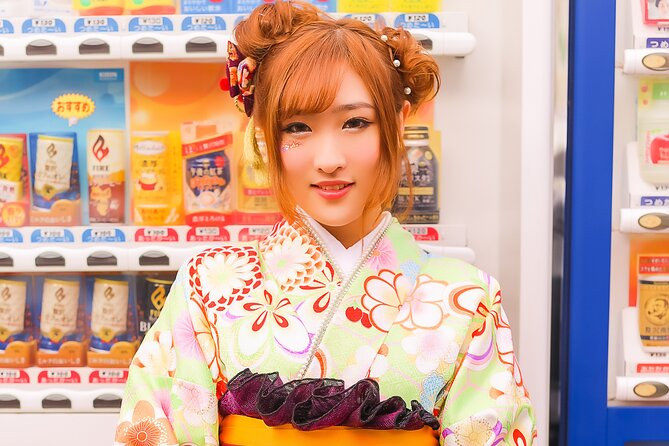
Can Hakama Be Worn for Occasions Other Than Graduations?
Hakama, traditional Japanese attire, isn’t just for graduations. It’s versatile, suitable for wedding attire, formal events, martial arts, and historical reenactments. Embracing cultural roots, hakama adds elegance and authenticity to various occasions beyond graduation.
Are There Specific Colors or Patterns of Hakama That Are More Appropriate for Graduations?
When choosing a hakama for graduations, consider traditional colors like black or navy. Popular patterns include stripes or plain designs. These choices reflect cultural significance and current fashion trends, ensuring a memorable and stylish graduation outfit.
How Do You Properly Tie the Hakama Strings?
To tie the hakama strings properly, one must follow traditional hakama tying techniques for a secure fit. This method not only ensures comfort but also respects the cultural significance of the garment. For modern adaptations, you can explore various hakama styling tips.
Can Hakama Be Tailored to Fit Different Body Types?
Tailoring options for hakama cater to various body types. Sizing concerns are addressed through customization. With skilled tailors, hakama can be adjusted to ensure a perfect fit, enhancing comfort and style for wearers of all shapes and sizes.
Are There Any Traditional Symbols or Motifs That Are Commonly Found on Hakama for Graduations?
Traditional hakama for graduations often feature symbolic motifs like cherry blossoms for new beginnings or cranes for longevity. These designs hold cultural significance, reflecting the transition to a new chapter and honoring Japanese traditions through elegant graduation attire.
Last Words
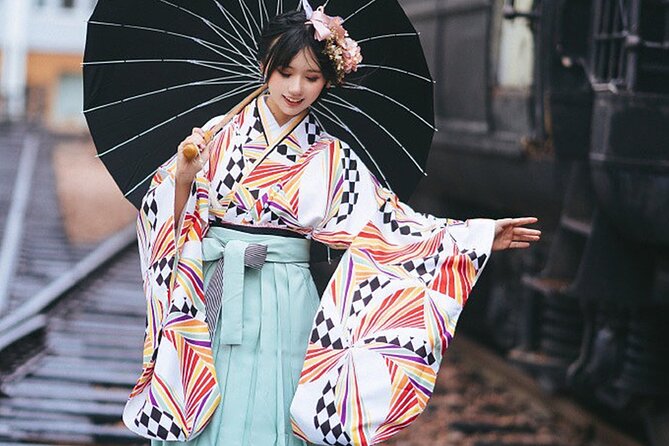
As graduates don their hakama for an unforgettable graduation ceremony, they embrace a tradition steeped in elegance and heritage.
The graceful flow of the fabric, the meticulous pleats, and the symbolic significance of this iconic garment all come together to create a sartorial experience like no other.
By choosing to wear a hakama, graduates pay homage to tradition, showcase their respect for cultural heritage, and step into their new chapter with style and sophistication.